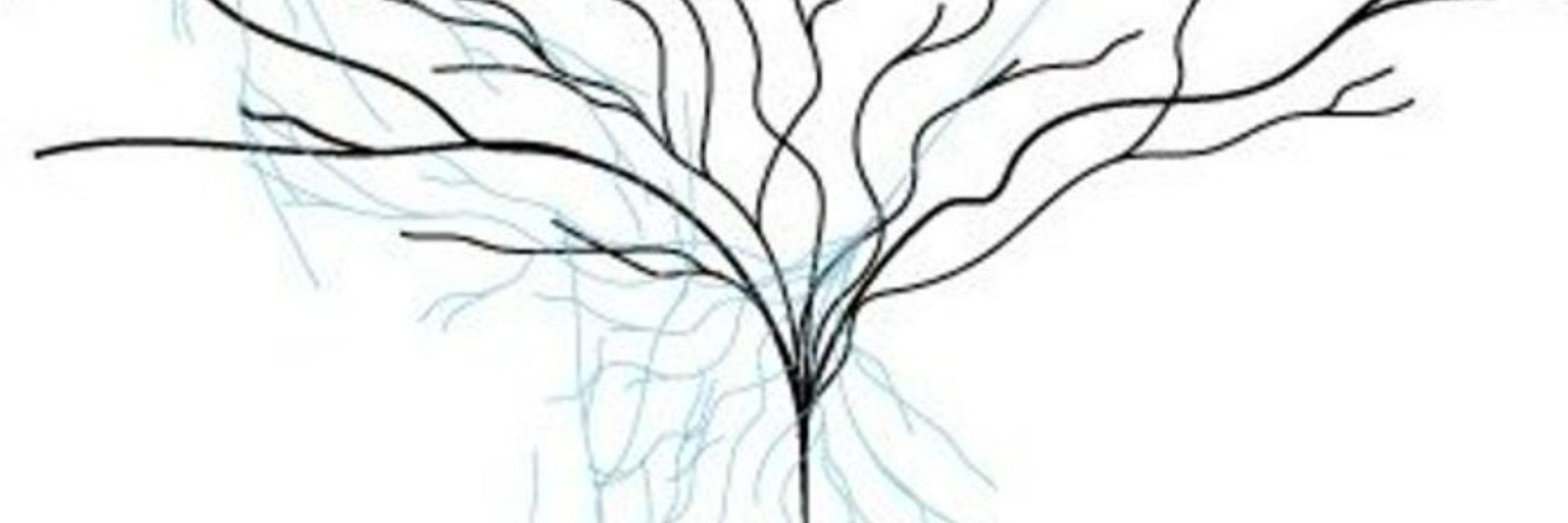Jaan Aru
@jaanaru.bsky.social
3.4K followers
1.1K following
110 posts
Raising two kids, co-PI-lot of the Natural and Artificial Intelligence Lab & trying to do some funky research on the intersection of neuroscience, psychology and AI. Estonian
nail.cs.ut.ee
https://scholar.google.de/citations?user=FvFOzS8AAAAJ&hl=en&oi=a
Posts
Media
Videos
Starter Packs
Jaan Aru
@jaanaru.bsky.social
· 16d
Jaan Aru
@jaanaru.bsky.social
· Aug 27

Comparing a computational model of visual problem solving with human vision on a difficult vision task
Human vision is not merely a passive process of interpreting sensory input but can also function as a problem-solving process incorporating generative mechanisms to interpret ambiguous or noisy data. ...
www.biorxiv.org
Jaan Aru
@jaanaru.bsky.social
· Aug 23

AI and personalized learning: bridging the gap with modern educational goals
Personalized learning (PL) aspires to provide an alternative to the one-size-fits-all approach in education. Technology-based PL solutions have shown notable effectiveness in enhancing learning perfor...
arxiv.org
Jaan Aru
@jaanaru.bsky.social
· Jul 12
Jaan Aru
@jaanaru.bsky.social
· Jul 12
Jaan Aru
@jaanaru.bsky.social
· Jul 11
Jaan Aru
@jaanaru.bsky.social
· Jul 11
Jaan Aru
@jaanaru.bsky.social
· Jul 1

The feasibility of artificial consciousness through the lens of neuroscience
Interactions with large language models (LLMs) have led to the suggestion that these
models may soon be conscious. From the perspective of neuroscience, this position
is difficult to defend. For one, ...
www.cell.com
Jaan Aru
@jaanaru.bsky.social
· Jun 30
Jaan Aru
@jaanaru.bsky.social
· Jun 28
Jaan Aru
@jaanaru.bsky.social
· Jun 28
Jaan Aru
@jaanaru.bsky.social
· Jun 28
Jaan Aru
@jaanaru.bsky.social
· Jun 27
Jaan Aru
@jaanaru.bsky.social
· Jun 27
Jaan Aru
@jaanaru.bsky.social
· Jun 27

Consciousness in Artificial Intelligence: Insights from the Science of Consciousness
Whether current or near-term AI systems could be conscious is a topic of scientific interest and increasing public concern. This report argues for, and exemplifies, a rigorous and empirically grounded...
arxiv.org
Jaan Aru
@jaanaru.bsky.social
· Jun 27
Jaan Aru
@jaanaru.bsky.social
· Jun 27
Jaan Aru
@jaanaru.bsky.social
· Jun 27

The assumptions that restrain us from understanding consciousness
The science of consciousness has been successful over the last decades. Yet, it seems that some of the key questions remain unanswered. Perhaps, as a science of consciousness, we cannot move forward u...
arxiv.org
Jaan Aru
@jaanaru.bsky.social
· May 27
Jaan Aru
@jaanaru.bsky.social
· May 27





